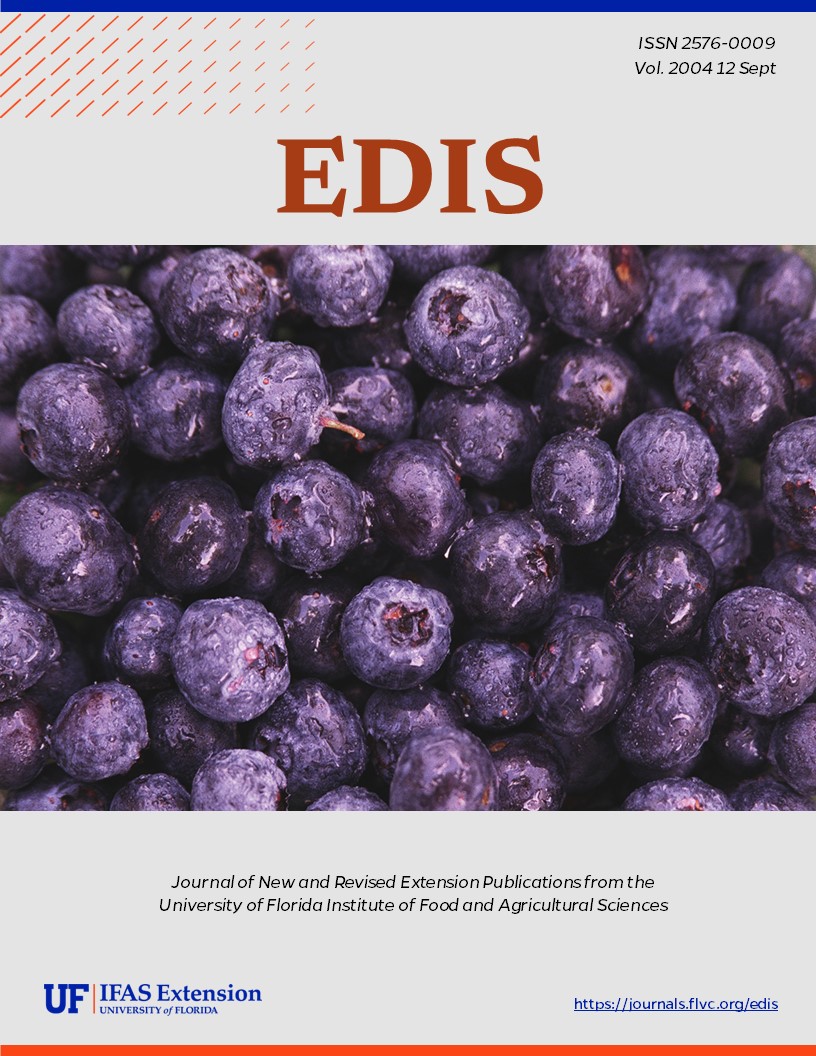Abstract
Florida’s microirrigation systems are technically more complex than sprinkler or flood irrigation systems. They require significant maintenance to assure maximum operational efficiency. The intent of this guide is to help Florida microirrigation system managers and operators keep their systems running at top efficiency, which will improve crop production and conserve Florida’s water resources. This document is CIR 1449, a circular of the Soil and Water Science Department, Florida Cooperative Extension Service, Institute of Food and Agricultural Sciences, University of Florida. Original publication date: April 2004.
References
Bar, Ilan. 1995. Iron control system for drip irrigation. In F. R. Lamm (ed.). Microirrigation for a changing world: Conserving resources/protecting the environment. Proc. of the 5th International Microirrigation Congress, Orlando, FL. ASAE publication 4-95, ASAE, St. Joseph, MI.
Boman, Brian. 2002. Prevention of emitter clogging. Chapter 36 In B. J. Boman (ed.). Water and Florida citrus: use, regulation, irrigation, systems, and management. Univ. of Florida-IFAS pub. SP-261.
Burt, C., K. O'Connor, and T. Ruehr. 1998. Fertigation. Irrigation Training and Research Center, California Polytechnic State Univ., San Luis Obispo, CA.
Pitts, D. J., D. Z. Haman, and A. G. Smajstrla. 1990. Causes and prevention of emitter plugging in microirrigation systems. Bulletin 258, Fla. Coop. Ext. Serv., IFAS, Univ. of Florida (EDIS document no. AE032).
Smajstrla, A. G., B. J. Boman, D. Z. Haman, D. J. Pitts, and F. S. Zazueta. 1990. Field evaluation of microirrigation water application uniformity. Bulletin 265, Fla. Coop. Ext. Serv., IFAS, Univ. of Florida (EDIS document no. AE094).
Unocal Corp. 1993. N-pHuric® reference manual. Unocal Corp., Sacramento, CA.
Unless otherwise specified, articles published in the EDIS journal after January 1, 2024 are licensed under a Creative Commons Attribution-NonCommercial-NoDerivs 4.0 International (CC BY-NC-ND 4.0) license.

